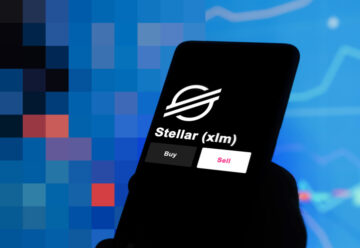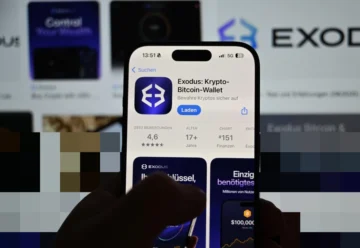USDT Reliability Raises Doubts Among S&P 500 Compilers

S&P Global Ratings analysts reviewed the risks of some stablecoins and assessed their stability. USDT, the largest stablecoin by cap, was rated quite low by analysts due to the lack of transparency of Tether’s assets.
S&P Global Ratings, an international rating agency known mainly as the creator and editor of the S&P 500 U.S. stock index, conducted a study on the stability of stablecoins, assessing the risks of depegging eight coins from the underlying assets.
The research resulted in analysts rating each asset on a scale of 1 to 5, where 1 is the best score and 5 is the worst. The evaluation process included analyzing:
- asset quality;
- risk mitigation factors;
- asset management aspects;
- legal and regulatory framework;
- redeemability;
- liquidity;
- the technology underlying the asset;
- third-party dependencies;
- track record.
None of the analyzed stablecoins scored a 1 from analysts.
Tether (USDT), the biggest stablecoin by capitalization, was rated “constrained” (4) by S&P analysts. This low score is mainly due to the lack of transparency of the issuer’s assets.
First Digital USD (FDUSD) was named “constrained” by analysts due to the lack of information on the creditworthiness of the financial institutions issuing the asset. Dai (DAI) was also rated “constrained” due to the high risk of limited liquidity of the assets that make up the stablecoin’s vault.
The worst performing coins were TrueUSD and Frax, which were rated “weak” (5) by analysts. TUSD’s rating was low because of the lack of publicly available information, while FRAX was weak due to its reliance on an algorithm.
Gemini Dollar (GUSD), Pax Dollar (USDP), and USD Coin (USDC) were rated high. S&P analysts called them “strong” (2) primarily for the quality of the assets supporting their value. What’s notable is that GUSD and USDP stablecoins are overseen by the NYC Department of Finance.
According to Lapo Guadagnuolo, Senior Analyst at S&P Global Ratings, stablecoins are becoming further embedded into the structure of financial markets, acting as a bridge between digital assets and fiat funds. However, the stability of such coins depends directly on the liquidity management and asset quality of issuers. The rating agency will keep monitoring the stablecoin market and publish Stablecoin Stability Assessment on a regular basis, he said.
Chuck Mounts, Chief DeFi Officer at S&P Global Ratings, emphasized the agency’s commitment to being at the forefront of digital asset market trends. He said that S&P clients will be able to make informed investment decisions, relying on the information provided by analysts.
Earlier, Moody’s presented an AI service capable of predicting the deprivation of stablecoins in a 24-hour time horizon.











